As it is signed by Micheau alone, it was therefore made before his marriage in December 1932.
Height: 37.5 cm.
Please note that you can find this earthenware in Paris in our annual pop-up store from March 5 to Sunday, March 9, 2025 from 11 a.m. to 7 p.m. at 23 place Dauphine 75001 PARIS. This is a great opportunity to meet and discover our works live.
Robert Micheau Vernez (1907 - 1989):
Son of a naval officer, Robert Micheau studied at the Saint-Louis college in Brest where he took evening classes at the School of Fine Arts with the painter Charles Lautrou. From October 1926 to June 1928, he attended classes at the Regional School of Fine Arts in Nantes in the studio of the painter Emile Simon, where he received a medal in June 1927. He was then admitted to the School of Fine Arts in Paris in the studio of the painter Lucien Simon. His studies continued until June 1930. At the same time, he enrolled in classes at the Ateliers d'art sacré de Maurice Denis. In December 1932, he married Lysa-Mina Vernez, herself a medalist at the Nantes School of Fine Arts in June 1929. He now signed his works under the double surname of "Micheau-Vernez". In 1930, René-Yves Creston asked him to join the Seiz-Breur movement, which aimed to create contemporary Breton art. He joined out of solidarity, but participated little in their activities and resigned in June 1946. In November 1930, at the Galerie Saluden in Brest, he exhibited eighteen earthenware pieces, including thirteen plates in collaboration with the Faïencerie Henriot de Quimper. The immediate success confirmed a thirty-year collaboration with the earthenware factory, with the creation of one hundred and forty sculptures including several plates. His earthenware works marked Micheau-Vernez's fame. Quickly becoming the brand image of the Faïenceries Henriot de Quimper, his works appeared on the cover of the earthenware factory's catalogues. This situation completely overshadowed his pictorial work. A large decorative panel on earthenware tiles, created in 1950, can be seen in the hall of the SNCF train station in Quimper. A large piece representing a Bigouden woman in old costume was offered to General De Gaulle by the inhabitants of the island of Sein, during his visit on June 12, 1949. It was installed in his office until 1958. The art critic André Parinaud, director of the monthly Galerie des Arts, wrote of him: "There is little existence more discreet, more secret in simplicity than that of this artist and work more dazzling with colors, sun and youth. The former student of Maurice Denis has learned the lesson of the Nabis, the intangible purity of the artistic gesture, modesty in all approaches."



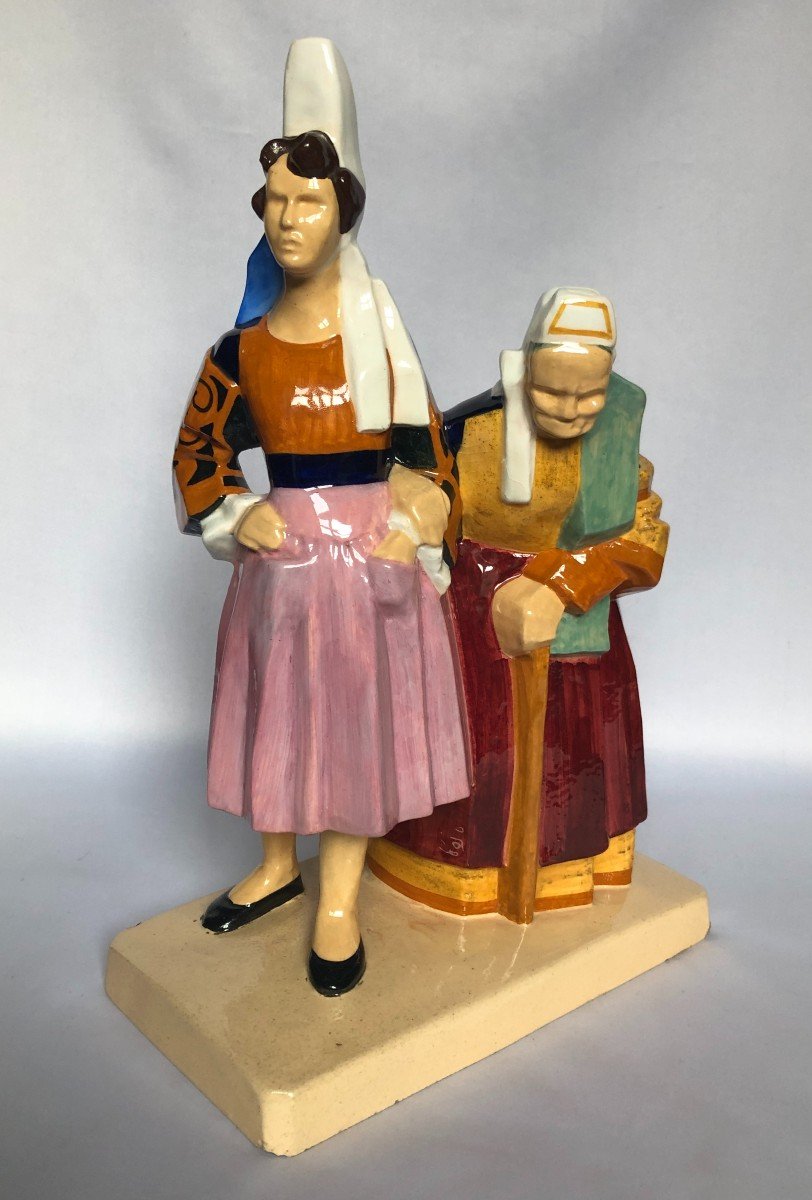
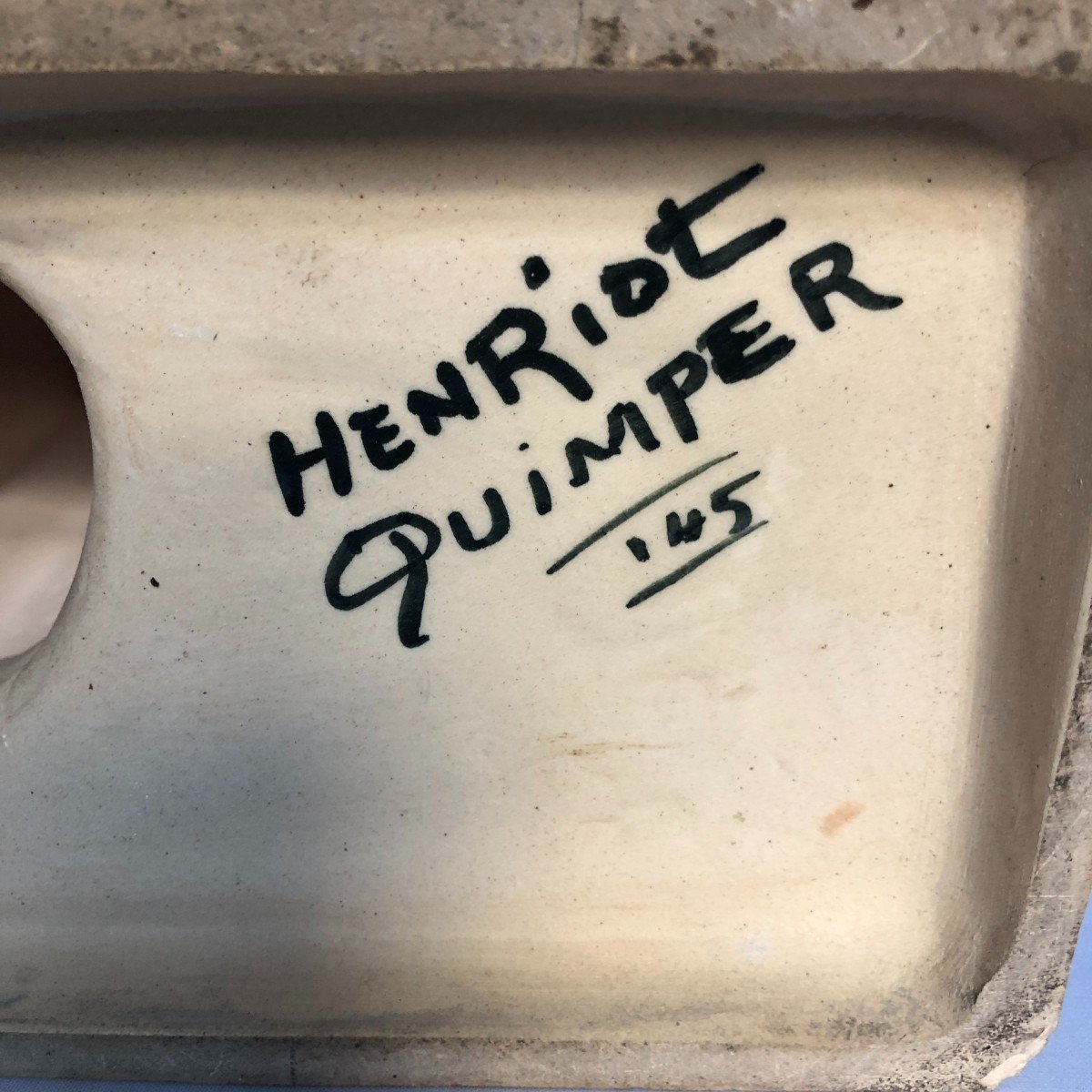
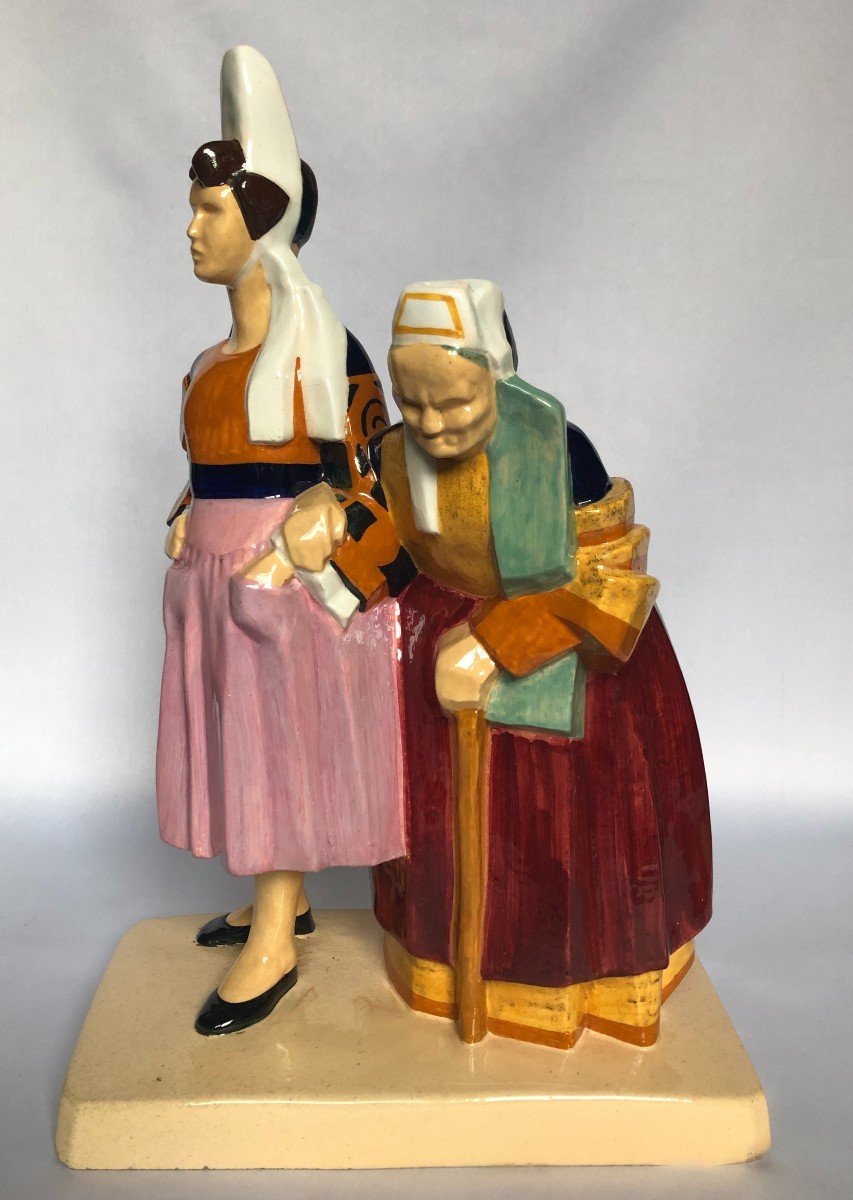
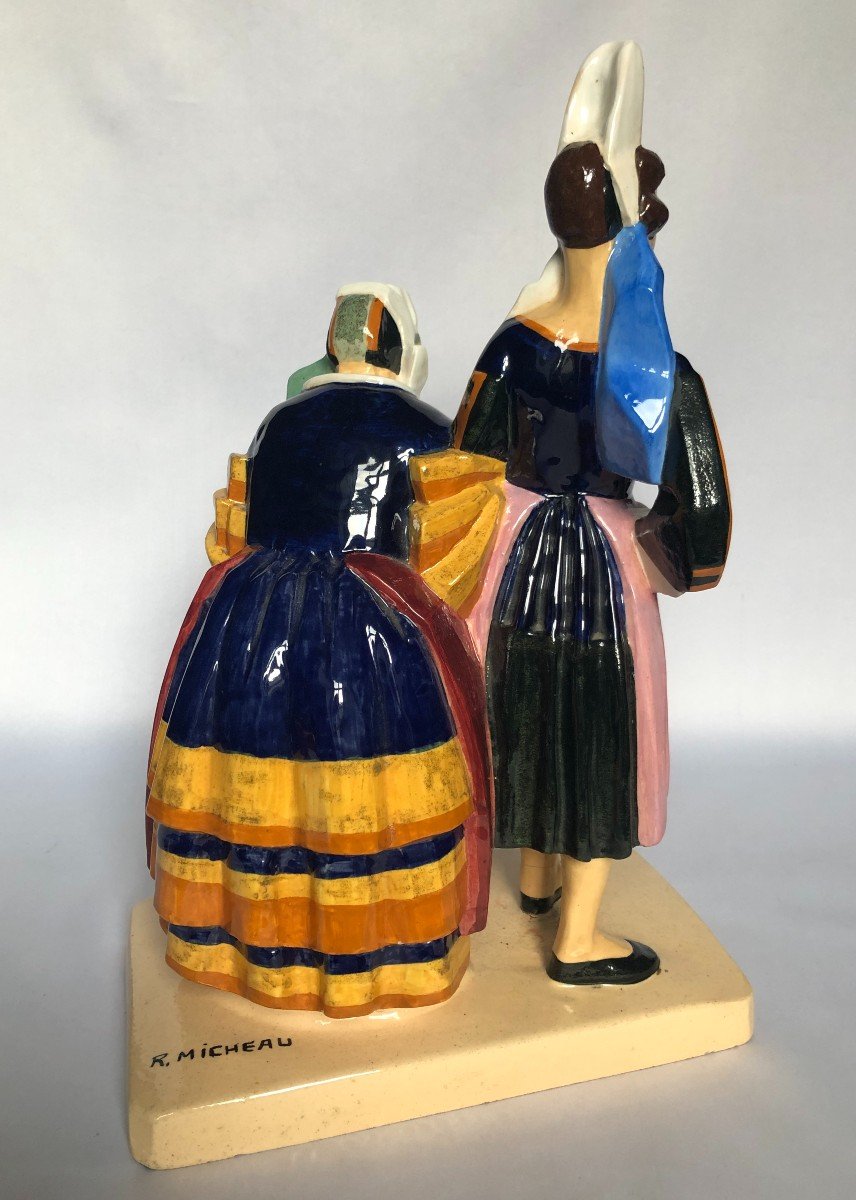






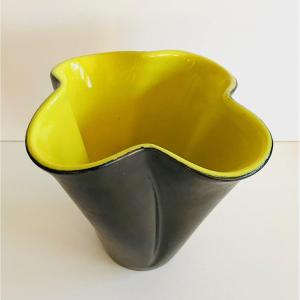


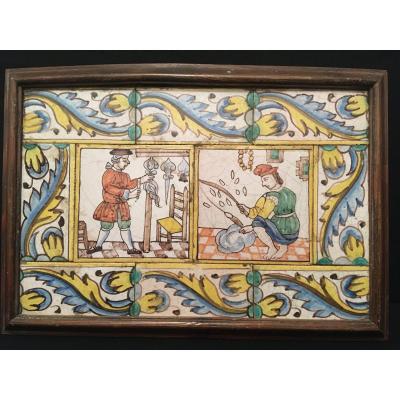





 Le Magazine de PROANTIC
Le Magazine de PROANTIC TRÉSORS Magazine
TRÉSORS Magazine Rivista Artiquariato
Rivista Artiquariato
